![]()
Terracotta Renderman Artist Tools Breakdown
| >> Terracotta | ||
|---|---|---|
|
Independent study developing shader components and a pipeline emphasis for render-optimized high resolution imagery.
Z Brush assets consisting of 9 million polygons each are extracted to Renderman for Maya as SubD proxies with 32 bit Displacement maps. Shaders written in SLIM extract AOVs for post-rendering modification, layer displacement maps with procedural patterns, and direct inferred passes to bake and reuse raytraced, subsurface, and deep shadow information. 720p frame render time: Approx 80 seconds. Imagery inspired by the terracotta statues in Xi'an China. Direct download here for 720 resolution video. |
 |
|
| Tools Used: Pixologic Z Brush | Autodesk Maya | Pixar Renderman Studios | RSL | Apple Shake | ||
|
| ||
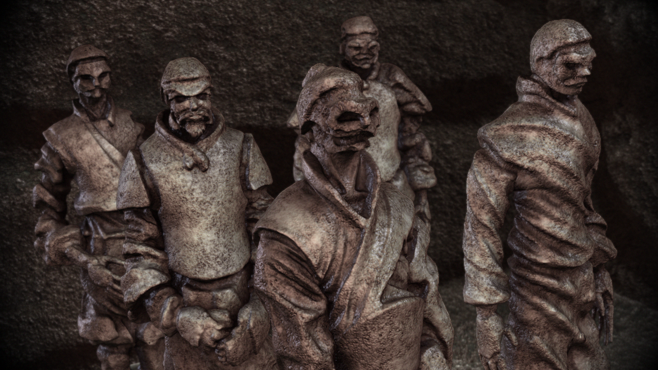 |
||
| Final Composite | ||
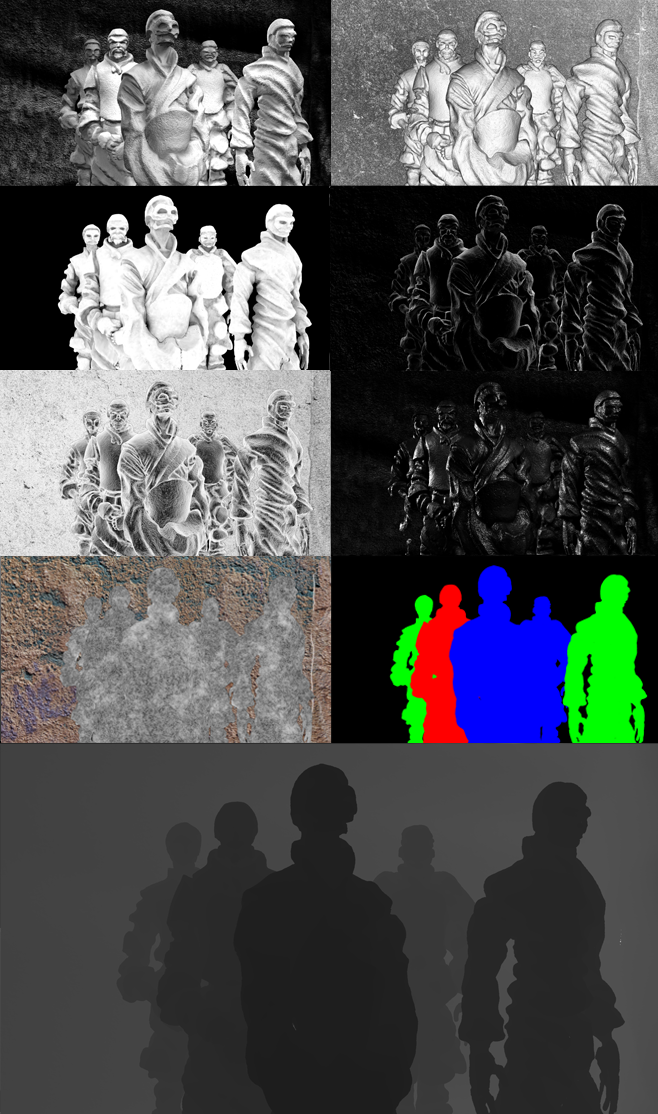 |
||
| Passes Rendered for Compositing | ||
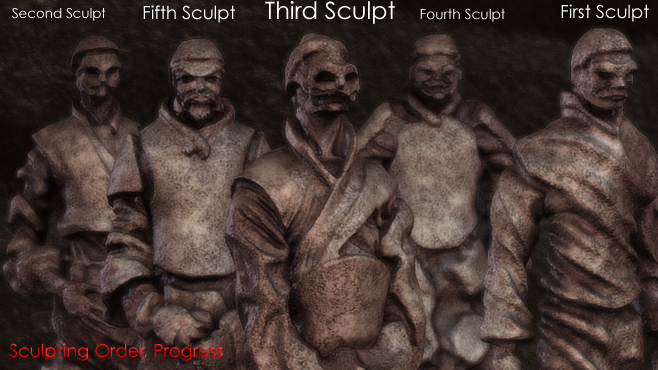 |
||
| Composite Render Displays Order of Sculpt Creation, Progress with ZBrush | ||
>> Renderman Displacement A workflow maximizing ZBrush's 32bit displacement map integration into Maya and the Renderman software. |
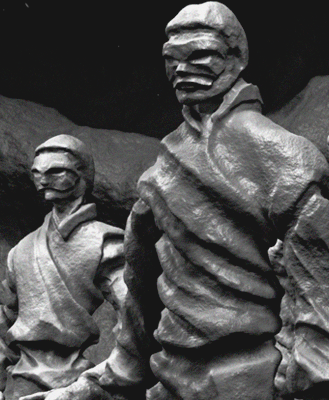 |
|
| Z Brush 32bit TIFF Displacement Maps Rendered in RMS | ||
 |
||
| SLIM Ensemble Shader Network for Statue Shading Group - Surface & Displacement |
||
>> Color to Displacement The texture used for the background geometry's coloration is converted for use as a layer of displacement for the object's displacement node. This is all done with the Renderman Artist Tool's SLIM program. |
 |
|
| Color Texture to Grey-Scale for Displacement | ||
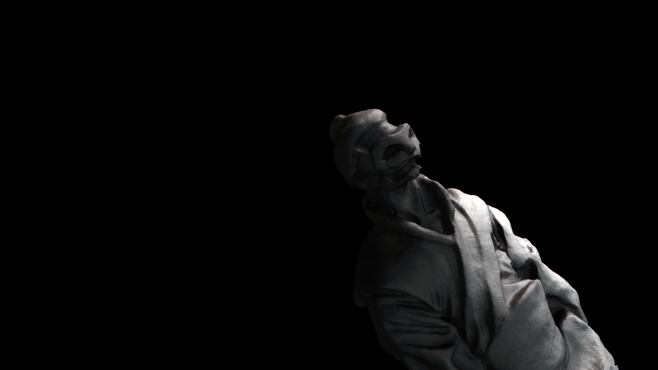 |
||
| WiP Subsurface Diffusion Render |
||
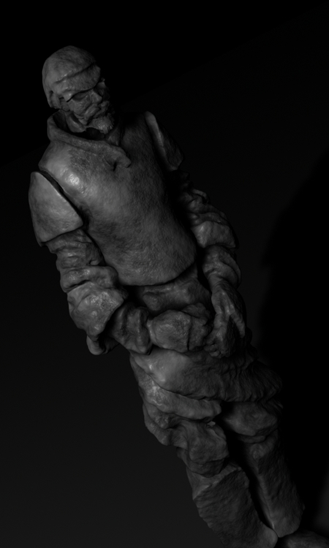 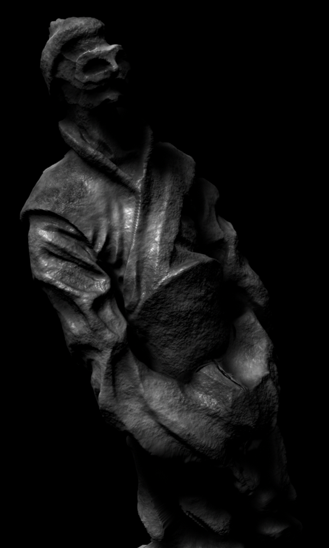 |
||
| WiP Sculpt & Shader Renders |
||

